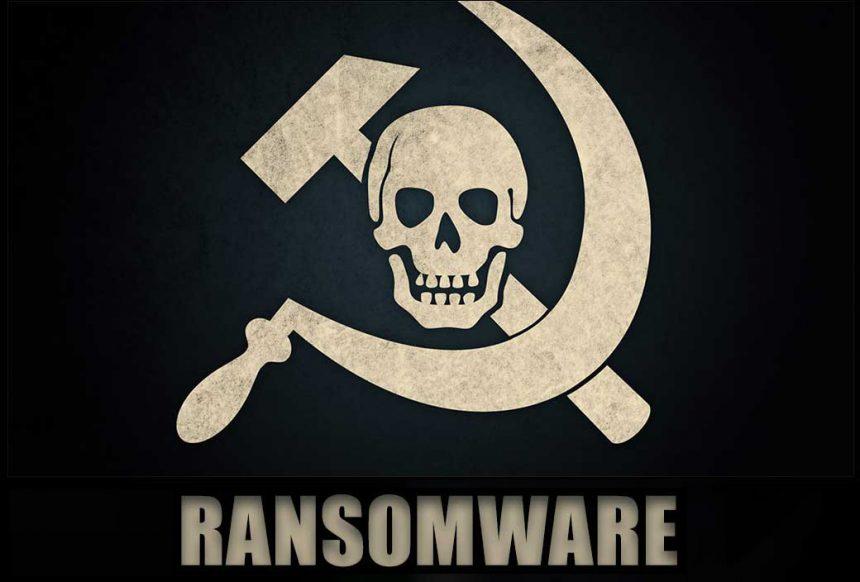Ransomware attacks have become one of the most significant threats to digital security, impacting individuals and businesses alike. One such ransomware is YE1337, which was recently discovered by a security team inspecting malware samples on VirusTotal. In this article, we will delve into the specifics of YE1337, including its functionality, symptoms, damages it causes, and how to effectively remove it using SpyHunter. Additionally, we will provide preventive measures to ensure future protection from such attacks.
What is YE1337 Ransomware?
YE1337 is a type of cryptovirus ransomware, designed to encrypt files on the victim’s computer and demand a ransom for their decryption. Upon execution, YE1337 encrypts personal files and appends the .YE1337 extension to them, rendering them inaccessible to the user. It also drops a ransom note (named YE1337_read_me.txt) on the victim’s computer, which contains instructions on how to pay the ransom.
Ransomware such as YE1337 uses advanced encryption algorithms to lock victims’ files. The encryption is so robust that without a decryption key—controlled solely by the cybercriminals—it is virtually impossible to restore files to their original state. The attack is often accompanied by a change in the victim’s desktop wallpaper, further indicating that their files have been compromised.
Remove annoying malware threats like this one in seconds!
Scan Your Computer for Free with SpyHunter
Download SpyHunter now, and scan your computer for this and other cybersecurity threats for free!
How Does YE1337 Ransomware Work?
Upon successful execution, YE1337 initiates the following sequence of actions:
- File Encryption: YE1337 targets a range of file types (documents, images, videos, etc.) and appends the
.YE1337extension. For example, files like1.jpgbecome1.jpg.YE1337, and2.pngbecomes2.png.YE1337. - Ransom Note Creation: A file called YE1337_read_me.txt is placed on the desktop. This text file contains the ransom demand and emphasizes that the victim’s files are encrypted and can only be restored after paying the demanded ransom.
- System Lockdown: In some cases, the ransomware may also alter the system’s desktop wallpaper to warn the victim about the attack.
- Threatening Message: The ransom note contains a stern warning, claiming that the encrypted files will remain inaccessible unless the ransom is paid. It discourages the use of decryption tools or recovery attempts, further increasing the victim’s reliance on paying the ransom.
YE1337 Ransomware Ransom Note Overview
Here’s an excerpt from the YE1337 ransom note:
!!!!!!!!!!!!!!!!!!!!!!!!!!
::YE1337 RANSOMWARE NOTE::
!!!!!!!!!!!!!!!!!!!!!!!!!!
Your personal files have been encrypted by a powerful encryption algorithm. This means that you will not be able to access them anymore, and they will remain encrypted until you pay a ransom.
!!! YOUR FILES WILL REMAIN ENCRYPTED FOREVER IF YOU DON'T PAY !!!
Don't try to use any recovery tools or decryption software, as they will not work. The only way to restore your files is to pay the ransom.
If you shut down or disconnect your computer, you may lose your files forever.The note emphasizes that no recovery tools will work, which is a common tactic used by cybercriminals to manipulate victims into paying quickly.
Symptoms of YE1337 Ransomware Infection
Victims of YE1337 ransomware will notice the following symptoms:
- Encrypted Files: Files previously accessible become unreadable, with the extension
.YE1337appended to them. - Ransom Note: A file named YE1337_read_me.txt appears on the desktop, which contains the ransom demand.
- Changed Desktop Wallpaper: The desktop wallpaper may be altered, displaying a message warning about the ransomware infection.
- Inability to Open Files: Files with the
.YE1337extension cannot be opened by any programs until decrypted.
Distribution Methods of YE1337 Ransomware
YE1337 ransomware is typically spread using the following methods:
- Infected Email Attachments: Malicious attachments often delivered through phishing emails.
- Torrent Websites: Downloading pirated software or files from torrent websites can introduce ransomware into your system.
- Malicious Ads: Cybercriminals often use malicious advertisements on compromised websites to distribute malware.
- Compromised Websites: Visiting infected websites or those with vulnerabilities may lead to automatic download and execution of YE1337.
- Software Exploits: YE1337 may exploit vulnerabilities in outdated software to gain unauthorized access to a system.
The Damage Caused by YE1337 Ransomware
YE1337 can cause significant damage to both personal and professional data, including:
- File Encryption: All files (e.g., documents, photos, and videos) are rendered inaccessible.
- Financial Harm: Victims are forced to consider paying a ransom, typically requested in Bitcoin, to regain access to their files.
- Additional Malware: In some instances, ransomware like YE1337 can install other malicious programs such as password stealers or additional malware that may cause further damage.
YE1337 Ransomware Removal Guide
Remove annoying malware threats like this one in seconds!
Scan Your Computer for Free with SpyHunter
Download SpyHunter now, and scan your computer for this and other cybersecurity threats for free!
To remove YE1337 ransomware and restore your files, follow these steps:
Step 1: Isolate the Infected Device
Disconnect the infected device from the network to prevent further encryption of files and stop the malware from spreading to other devices.
Step 2: Run a Security Scan with SpyHunter
- Download and install SpyHunter: Ensure you download it from the official Enigma website to avoid counterfeit versions. For your convenience, press the download button bellow.
- Run a full system scan: SpyHunter will detect and quarantine YE1337 and other potential threats.
- Follow the on-screen instructions: Once the scan is complete, follow SpyHunter’s recommended steps to remove the ransomware.
Step 3: Restore Your Files (if possible)
- Restore from Backup: If you have an up-to-date backup, restore your files from it. Ensure your backup was not connected to the infected device when the attack occurred.
- Contact Professionals: If you do not have a backup, seek professional assistance, as there are no free decryptors available for YE1337.
Step 4: Prevent Future Infections
- Keep Software Updated: Always ensure your operating system and all software are up to date with the latest security patches.
- Enable Security Software: Use robust anti-malware software to detect and block ransomware.
- Backup Files Regularly: Keep backups on external drives or cloud services, ensuring they are disconnected from your computer when not in use.
- Be Cautious with Email Attachments: Avoid opening suspicious attachments, especially those from unknown senders.
Preventive Measures Against YE1337 and Other Ransomware
- Regularly Back Up Files: Create frequent backups and store them offline to prevent ransomware from encrypting backup data.
- Use Reliable Anti-Virus and Anti-Malware Software: Install software that can detect ransomware like YE1337 and other threats before they infect your system.
- Be Cautious with Email Links and Attachments: Phishing emails are a common infection vector for ransomware. Always be suspicious of unsolicited emails.
- Use Strong Passwords: Use multi-factor authentication and ensure your passwords are unique and secure.
YE1337 Ransomware Threat Summary
| Attribute | Details |
|---|---|
| Threat Type | Ransomware, Crypto Virus, File Locker |
| Encrypted File Extension | .YE1337 |
| Ransom Note File Name | YE1337_read_me.txt |
| Associated Email Addresses | None provided in ransom note |
| Detection Names | Avast (Win32:MalwareX-gen [Trj]), Combo Cleaner (Trojan.GenericKD.75300498), ESET-NOD32 (A Variant Of Win64/Packed.Enigma.CE), Kaspersky (Trojan-Ransom.MSIL.Chaos.aw), Microsoft (Trojan:Win32/Wacatac.B!ml) |
| Symptoms of Infection | Files encrypted with .YE1337 extension, ransom note appears, changed desktop wallpaper |
| Damage | Encryption of files, financial loss, additional malware infections |
| Distribution Methods | Email attachments, torrent websites, malicious ads, software exploits |
| Danger Level | High, due to strong encryption and no available free decryption tool |





